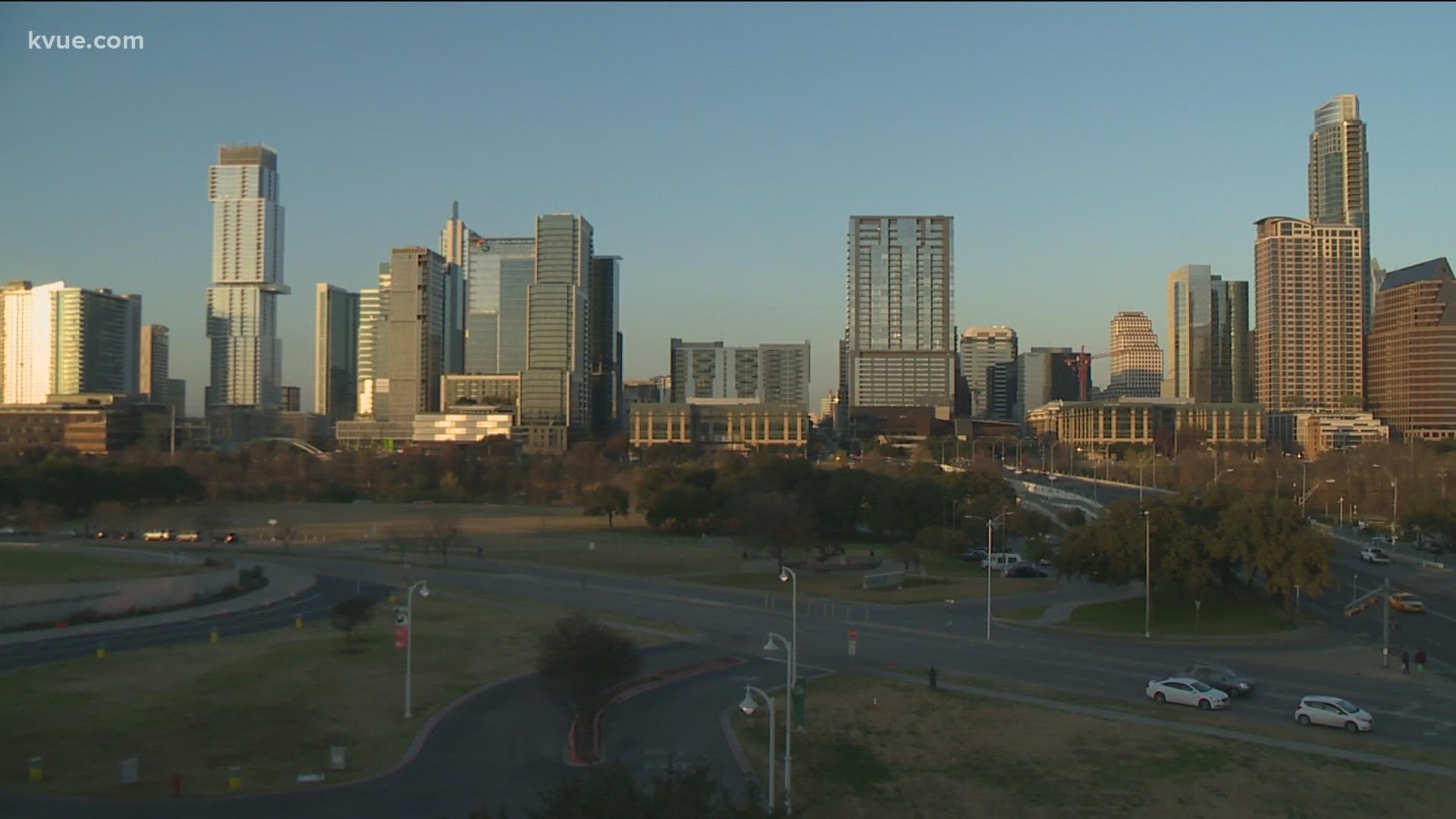AUSTIN, Texas — A booming population, zoning regulations and supply and demand are all, in part, to blame for an increase in rental prices. It leaves many of us wondering how it's even legal for the significant spikes in rent we've seen across Central Texas.
According to Apartment List, the estimated median rent of new leases has increased by double digits. Austin, specifically, has seen an increase of more than 23% in the last 12 months.
Rent control is defined as government regulation of the amount charged as rent for housing and often also of eviction.
Currently, California, New York, New Jersey, Maryland and Washington, D.C., have localities in which some form of residential rent control is in effect. Oregon is the only state with a statewide rent control law.
Texas prohibits it, unless there is a housing emergency caused by a disaster. Texas government code defines "disaster" as a flood, hurricane, drought, or epidemic, to list a few. In either of these cases, a city government would have to seek approval of the governor to enact the rent control desired.
But rent control doesn't always have long-term success. Some experts agree rent control comes with unintended consequences, like the inability for landlords to keep up with the maintenance of their property, therefor decreasing its property value.
Meanwhile, Texas's continued population growth only increases demand for places to live.
According to the latest census, Texas gained the most residents of any state between 2010 and 2020. This makes supply and demand harder to keep up with, therefor causing higher rent prices for what's still available.
PEOPLE ARE ALSO READING:

